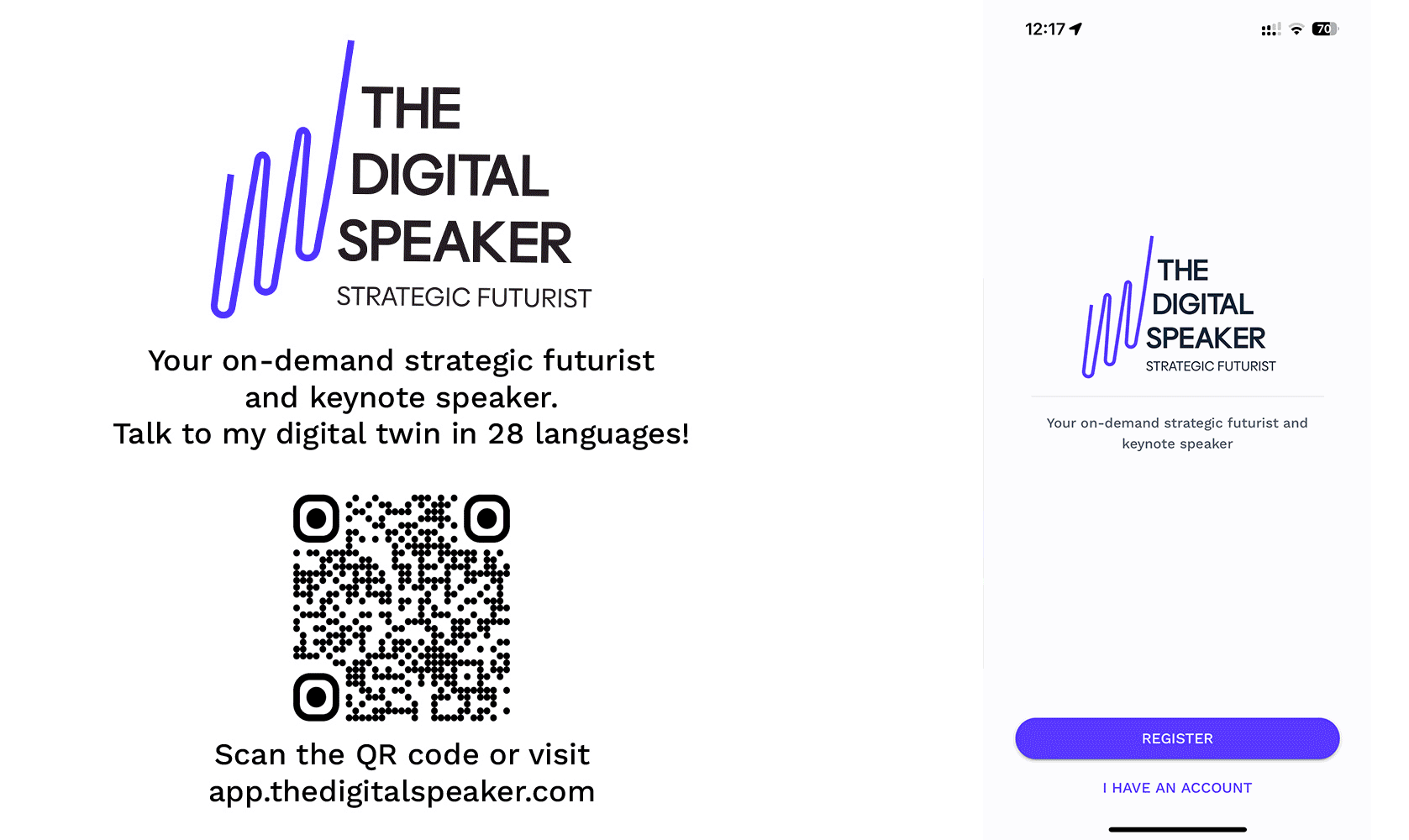Small Wonders: Why Less Could Mean More in AI’s Future

Is the future of AI not in its grandiosity but in its simplicity? Are small AI models set to overtake their larger counterparts in utility and efficiency, especially when privacy becomes more important?
Microsoft's latest venture, Phi-3 Mini, might be small in size but it’s big on impact. The Phi-3 Mini, part of a planned trio of compact AI models, is designed with only 3.8 billion parameters, yet it performs comparably to its larger predecessors and even models ten times its size. This innovation not only addresses the excessive computational costs associated with larger models but also makes AI more accessible and practical for everyday applications on personal devices.
This model isn't just a scaled-down version; it's an innovation hub, trained uniquely through simulated 'children's books' to enhance its coding and reasoning capabilities without the overwhelming breadth of larger models like GPT-4.
This method reflects a broader trend in AI towards models that can achieve high performance without the extensive resource requirements of larger systems. Eric Boyd of Microsoft highlighted that despite its size, the Phi-3 Mini can handle tasks usually reserved for heftier models, thus proving that efficiency can coexist with capability.
Microsoft's approach reflects a growing industry trend towards Small Language Models (SLMs) that prioritize specific, high-value functions over the expansive but often unwieldy capabilities of larger models.
The advancements in SLMs are beginning to match and, in some cases, surpass the capabilities of larger models in specific tasks. This shift is particularly visible in tasks that require nuanced reasoning or specialized knowledge, where SLMs are increasingly preferred due to their faster response times and reduced data demands.
This shift could signify a pivotal moment in AI development—where smaller, more focused models integrate more seamlessly into our digital lives, offering tailored solutions without the hefty resource demands of their predecessors. The industry's pivot towards smaller models suggests a significant potential for SLMs to dominate areas where quick, reliable, and economical solutions are paramount.
With this in mind, the question arises: as we continue to advance AI technology, will the future favor a multitude of specialized, nimble models over the colossal, one-size-fits-all systems? This could redefine how we integrate AI into daily technology, making it a more ubiquitous and seamlessly integrated aspect of our digital lives. Are we on the cusp of an AI revolution where small is not only sufficient but superior?
Read the full article on Microsoft's blog.
----
💡 If you enjoyed this content, be sure to download my new app for a unique experience beyond your traditional newsletter.
This is one of many short posts I share daily on my app, and you can have real-time insights, recommendations and conversations with my digital twin via text, audio or video in 28 languages! Go to my PWA at app.thedigitalspeaker.com and sign up to take our connection to the next level! 🚀

If you are interested in hiring me as your futurist and innovation speaker, feel free to complete the below form.
Thanks for your inquiry
We have sent you a copy of your request and we will be in touch within 24 hours on business days.
If you do not receive an email from us by then, please check your spam mailbox and whitelist email addresses from @thedigitalspeaker.com.
In the meantime, feel free to learn more about The Digital Speaker here.
Or read The Digital Speaker's latest articles here.





